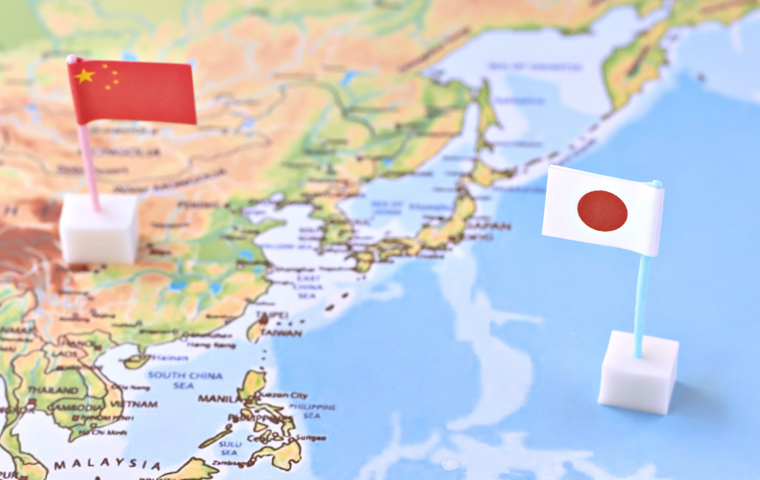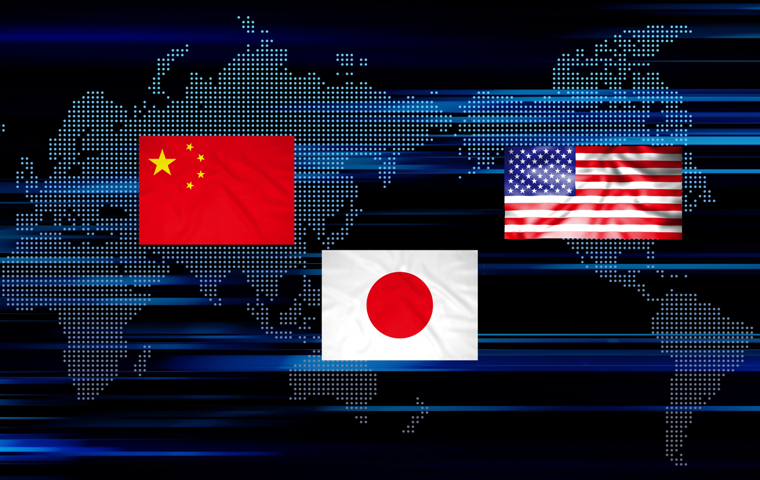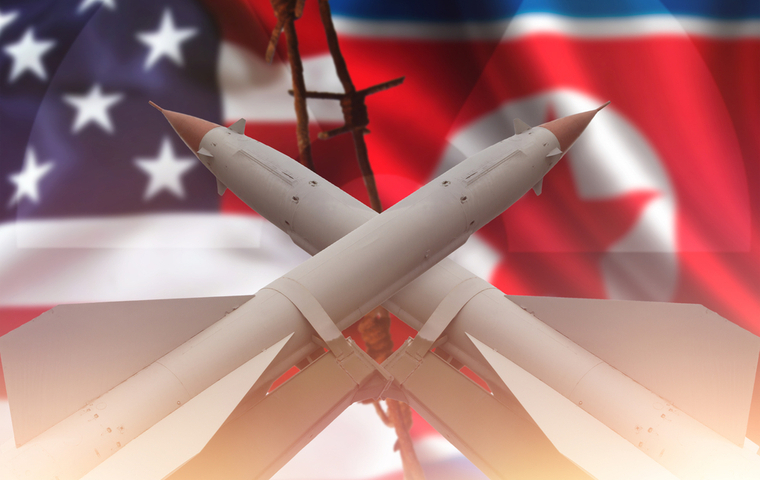Tensions over the Senkakus: Chinese Government Vessels Enter Territorial Waters—A Trial for the New Takaichi Administration
Related Articles
Intrusion by Chinese Government Vessels into Japan’s Territorial Waters off the Senkaku Islands and the Government’s Resolute Response
On the morning of October 16, 2025, a new incident emblematic of rising tensions in the East China Sea occurred. According to the 11th Regional Coast Guard Headquarters in Naha, at around 10:00 a.m. that day, four China Coast Guard (“Haijing”) vessels in succession entered Japan’s territorial waters around the Senkaku Islands in Okinawa Prefecture. The vessels remained inside Japan’s waters for about one and a half to two hours before departing to the contiguous zone following repeated withdrawal demands and course restrictions issued by Japan Coast Guard patrol vessels.
This was more than a simple violation of territorial waters. Government sources said that at least one of the intruding ships appeared to be equipped with a gun, underscoring that China is qualitatively strengthening its presence. This comes amid the deployment of large 5,000-ton class CCG vessels reportedly armed with 76 mm guns, and the ongoing militarization and reorganization of the China Coast Guard—developments that significantly raise the risk of accidental clashes.
Japan reacted immediately. As Chief Cabinet Secretary Hirokazu Matsuno had stated in past cases, the government deemed the action “deeply regrettable and unacceptable,” concluding that China’s behavior constituted a violation of international law and an infringement of Japan’s sovereignty. As in previous responses—when Kenji Kanasugi, then Director-General of the Foreign Ministry’s Asian and Oceanian Affairs Bureau, lodged a stern protest with a minister at the Chinese Embassy—Tokyo filed a strong diplomatic protest through official channels, demanding immediate withdrawal and measures to prevent recurrences.
Particular attention focused on the political timing. The incident occurred soon after the inauguration of Prime Minister Sanae Takaichi, known for her conservative views and campaign pledges to strengthen security policy. Many experts view the move as a calculated provocation to test the resolve and initial stance of Japan’s new administration. China has often increased pressure at political inflection points in Japan; this intrusion thus serves as a clear political message to the Takaichi government and a litmus test for the future course of Japan–China relations.
Normalized Escalation and the “Coast Guard Law” as Legal Basis

The October 16 intrusion was not an isolated event but the latest episode in China’s long-running gray-zone strategy to undercut Japan’s effective control. Almost daily, except in foul weather, Chinese government vessels cruise the contiguous zone around the Senkakus and, several times a month, repeatedly intrude into Japan’s territorial waters. Their methods grow more sophisticated and brazen each year. Particularly serious are the persistent tailing and intimidation of Japanese fishing boats.
China Coast Guard ships approach Japanese fishing vessels engaged in lawful operations in a menacing manner and sometimes order them to “leave China’s territorial waters,” creating conditions in which Japanese fishers find it difficult to operate safely within Japan’s own waters. The aim is to neutralize Japan’s administrative control on the ground and accumulate faits accomplis that make it appear as if Chinese jurisdiction extends there.
China legally justifies this behavior through its Coast Guard Law, enacted in February 2021. This domestic statute authorizes the CCG to take all necessary measures, including the use of weapons, in maritime areas China claims as within its jurisdiction whenever it judges its sovereignty or maritime rights and interests to be infringed. The problem is that “jurisdictional waters” are vaguely defined, potentially encompassing the Senkaku Islands and the South China Sea—areas China unilaterally claims. Enabling the use of force based on domestic law while disregarding international law such as UNCLOS is widely viewed as a challenge to the rules-based international order.
Moreover, after the CCG was placed under the People’s Armed Police, which is commanded by the Central Military Commission, in 2018, the organization has increasingly taken on the character of a military body rather than a mere maritime law-enforcement agency. In this way, China frames its coercive activities as “law enforcement,” conducting lawfare to steadily erode Japan’s sovereignty.
Historical Depth of the Sovereignty Dispute: Two Irreconcilable Claims
At the root of the confrontation lies more than a century of divergent historical understanding. Japan’s position, grounded in international law, is straightforward. Beginning in 1885, the Japanese government repeatedly surveyed the Senkaku Islands and carefully confirmed they were terra nullius—uninhabited and under the control of no state. On January 14, 1895, the Cabinet formally incorporated the islands into Okinawa Prefecture as part of Japan’s territory. Japan has consistently maintained that this incorporation predated the Treaty of Shimonoseki (April 1895) and was not a territorial acquisition by war.
After World War II, under the San Francisco Peace Treaty, the islands were placed under U.S. administration as part of Okinawa, and administrative rights were returned to Japan in 1972 via the Okinawa Reversion Agreement. During this process, China raised no objections, and Japan therefore maintains that there is no sovereignty issue to be resolved.
China’s claim rests on a very different historical narrative. Citing classical sources from the Ming and Qing eras—such as the 15th-century navigational text Shunfeng Xiangsong—China argues it was the first to discover, name, and use the islands it calls Diaoyu Dao. It regards them as historically affiliated islets of Taiwan and asserts that Japan “stole” them amid the chaos of the First Sino-Japanese War in 1895. On this basis, China argues that, under the Cairo and Potsdam Declarations, territories stolen from China must be returned—and that Diaoyu Dao is among them.
Notably, the sovereignty dispute sharpened only after a late-1960s UN survey suggested rich oil reserves might lie beneath the East China Sea. The fact that China and Taiwan first officially asserted claims in 1971, after a long silence, suggests the issue is driven less by historical process than by modern resource nationalism and geopolitical ambition.
The Senkakus as a Geostrategic Choke Point and the Role of the U.S.–Japan Alliance

The confrontation over the Senkakus is no mere bilateral territorial spat; it carries far-reaching geostrategic implications for East Asian security. The islands sit on the First Island Chain, key to China’s maritime expansion and essential for gaining freer access by the PLA Navy to the Pacific. Control of these waters is a vital interest for China’s bid to become a maritime power, while for Japan and the United States it is a defensive line to deter Chinese expansion.
At the core of Japan’s security is the U.S.–Japan Security Treaty. Successive U.S. presidents have repeatedly affirmed that the Senkaku Islands are under Japan’s administration and therefore fall within Article 5 of the treaty, which obligates the U.S. to defend Japan. This has functioned as a powerful deterrent, signaling that an armed attack on the Senkakus could trigger U.S. military involvement.
Yet deterrence has limits. Despite repeated U.S. affirmations, China’s gray-zone provocations—intrusions into territorial waters and patrols in the contiguous zone—show no sign of abating. Carefully avoiding outright armed attack, China persists with salami-slicing tactics below the threshold of war, gradually testing alliance cohesion and nibbling away at Japan’s effective control.
The Takaichi administration may consider responses such as strengthening the capabilities of the Japan Coast Guard and Self-Defense Forces, and even measures to reinforce effective control like stationing public officials on the islands. But such steps risk further provoking China and could precipitate unforeseen crises. On the water, Japanese and Chinese government vessels and fishing boats face off at close quarters, a perilous situation where an accident could quickly escalate. The October 16 intrusion underscores that Japan—and the U.S.–Japan alliance—now confronts challenges that traditional deterrence alone may not fully address in this open-ended standoff.



